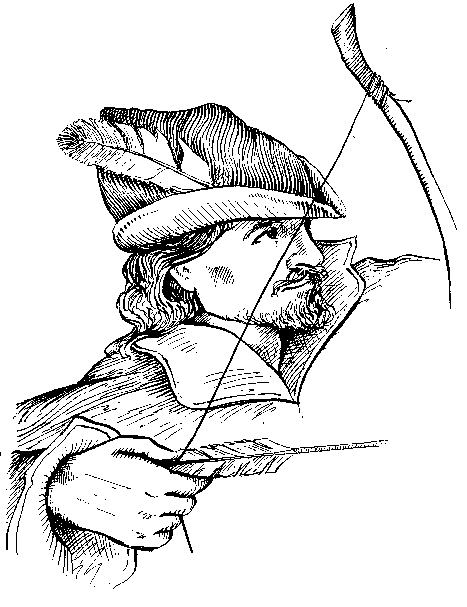Aimee Morrison on blogging
My first initial impression of the article was it was a lot to take in, at first it was a little bit confusing but after reading the article twice it became a lot clearer and things begin to fall into place. After reading the article I can honestly say you get a better understanding of blogging. The article was very informative and after reading the article, blogging becomes better understood. It is clear Aimee Morrison knows a lot about blogging as she describes exactly what they are and how they have changed in popularity over the years. Throughout the article we can see how blogs have become more popular among people, especially after the 2004 American elections. Blogs appear to be getting more popular year after year, as nearly 54 million blogs were published as late as 2006.
This article is very informative throughout and Aimee Morrison use of simple English helps you get a better understanding about blogging. However the article is extremely long and at times it can be a little all over the place, as there is so much and that can be distracting from the main points being issued. She uses a lot of statistics that make no sense unless you know about blogging, however they support her argument that blogs have become more popular and the way people use them has changed a lot over the years. Over all it was a good read and very informative on the topic of blogging.
Link to the Aimee Morrison article.....
http://www.digitalhumanities.org/companion/view?docId=blackwell/9781405148641/9781405148641.xml&chunk.id=ss1-6-1&toc.depth=1&toc.id=ss1-6-1&brand=9781405148641_brand





.jpg)